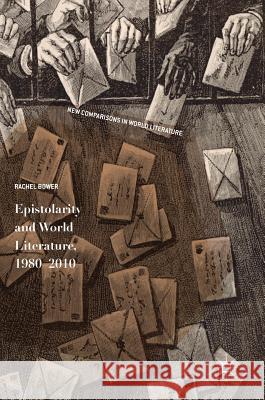Epistolarity and World Literature, 1980-2010 » książka
topmenu
Epistolarity and World Literature, 1980-2010
ISBN-13: 9783319581651 / Angielski / Twarda / 2017 / 215 str.
Kategorie:
Kategorie BISAC:
Wydawca:
Palgrave MacMillan
Seria wydawnicza:
Język:
Angielski
ISBN-13:
9783319581651
Rok wydania:
2017
Wydanie:
2017
Numer serii:
000793616
Ilość stron:
215
Waga:
0.42 kg
Wymiary:
21.01 x 14.81 x 1.42
Oprawa:
Twarda
Wolumenów:
01
Dodatkowe informacje:
Bibliografia
Wydanie ilustrowane
Wydanie ilustrowane











